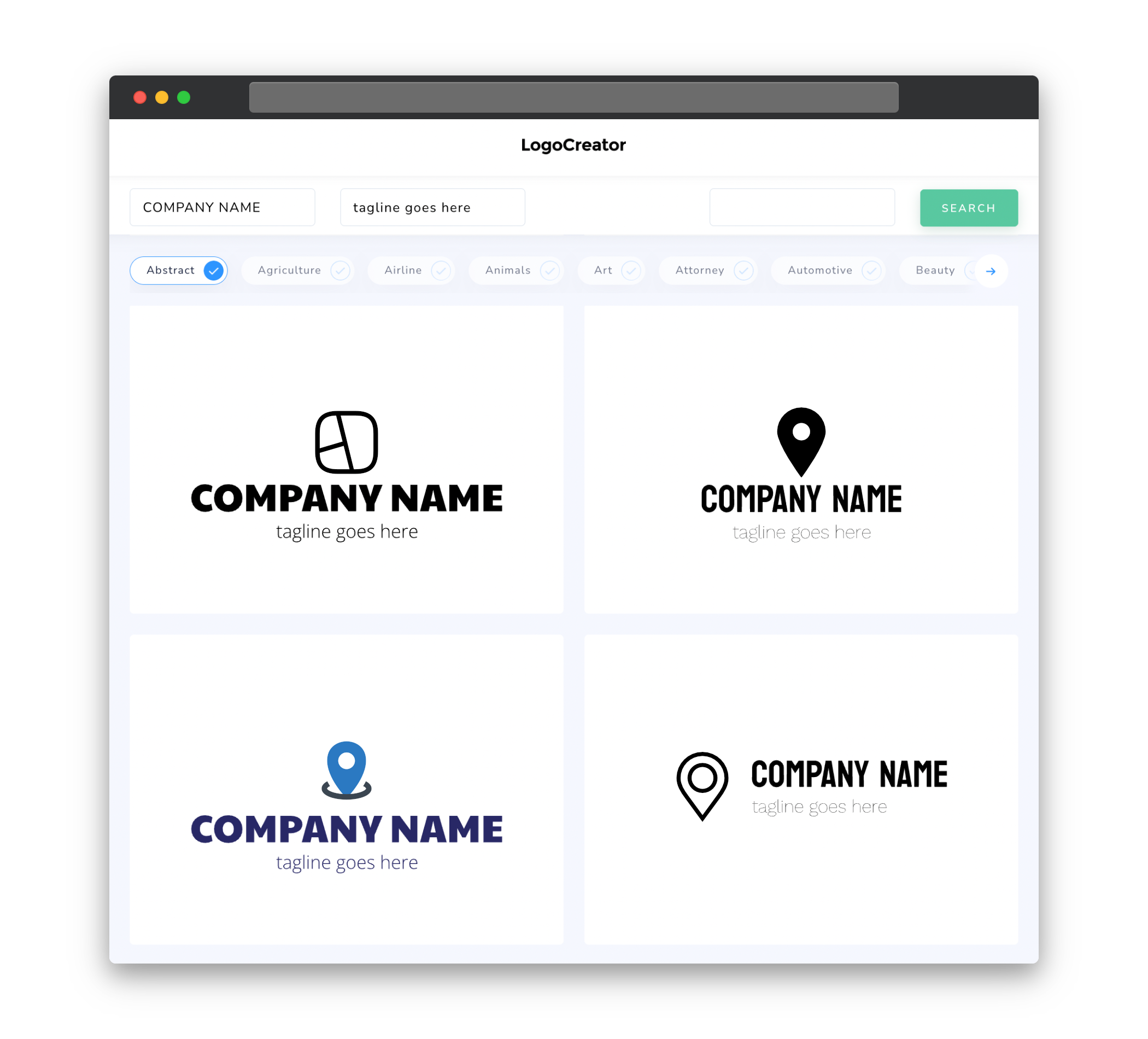Audience
When designing a logo for your business, it’s important to consider your target audience. Your logo should appeal to and resonate with the people you want to attract. Think about the demographic characteristics of your customers, such as age, gender, and interests. By understanding your audience, you can create a position logo that aligns with their preferences and helps you stand out in the market.
Icons
Icons are an essential element of a position logo. These small, visual symbols can communicate a lot about your brand’s identity and what it represents. Whether you choose a simple shape or a more complex graphic, the icon should be easily recognizable and memorable. It should also reflect the essence of your business and convey your unique positioning in the market.
Consider using icons that are relevant to your industry or business niche. For example, if you own a restaurant, you might incorporate a fork and knife icon to represent food. Alternatively, if you run a tech startup, a sleek and modern icon could convey innovation and cutting-edge technology.
Color
Color plays a crucial role in logo design. It has the power to evoke emotions, convey meaning, and grab attention. When choosing colors for your position logo, consider the psychological impact different colors can have. For example, blue is often associated with trust and reliability, while red is commonly linked to energy and excitement.
It’s important to align your color choices with your brand personality and positioning. If your business is focused on sustainability and the environment, using green tones in your logo can reinforce that message. Similarly, if you want to convey a sense of luxury and elegance, opting for gold or silver colors can be a good choice. Whatever colors you choose, ensure they work well together and are easily distinguishable.
Fonts
Just like color, font selection is crucial in logo design. The right typography can convey your brand’s personality and style. When choosing fonts for your position logo, consider the characteristics you want to reflect. For example, bold and blocky fonts can convey strength and power, while cursive and script fonts can convey elegance and sophistication.
It’s important to select fonts that are legible and easy to read, especially when the logo is scaled down for smaller applications. Experiment with different font combinations to find the right balance between visibility and style. Ideally, choose no more than two fonts to maintain consistency and a cohesive look.
Layout
The layout of your position logo is how the different elements are arranged and organized. A well-planned layout ensures that your logo is visually appealing and effectively communicates your brand’s positioning.
Consider the positioning of your icon, text, and any other elements in your logo. Experiment with different arrangements until you find the one that best represents your brand’s identity. Keep in mind that a simple and clean layout often works best, as it allows for easy recognition at different sizes and applications.
Usage
Your position logo is a visual representation of your brand, and it will be used in various contexts and applications. It’s essential to consider the different ways your logo will be used and design it accordingly.
Ensure that your logo works well in different sizes, from small social media icons to larger printing materials like business cards and banners. Vector formats are highly recommended, as they maintain the quality and scalability of your logo across all applications. Additionally, consider creating different variations of your logo for use on light and dark backgrounds to maintain visibility and legibility.



